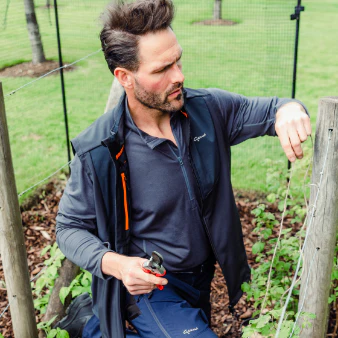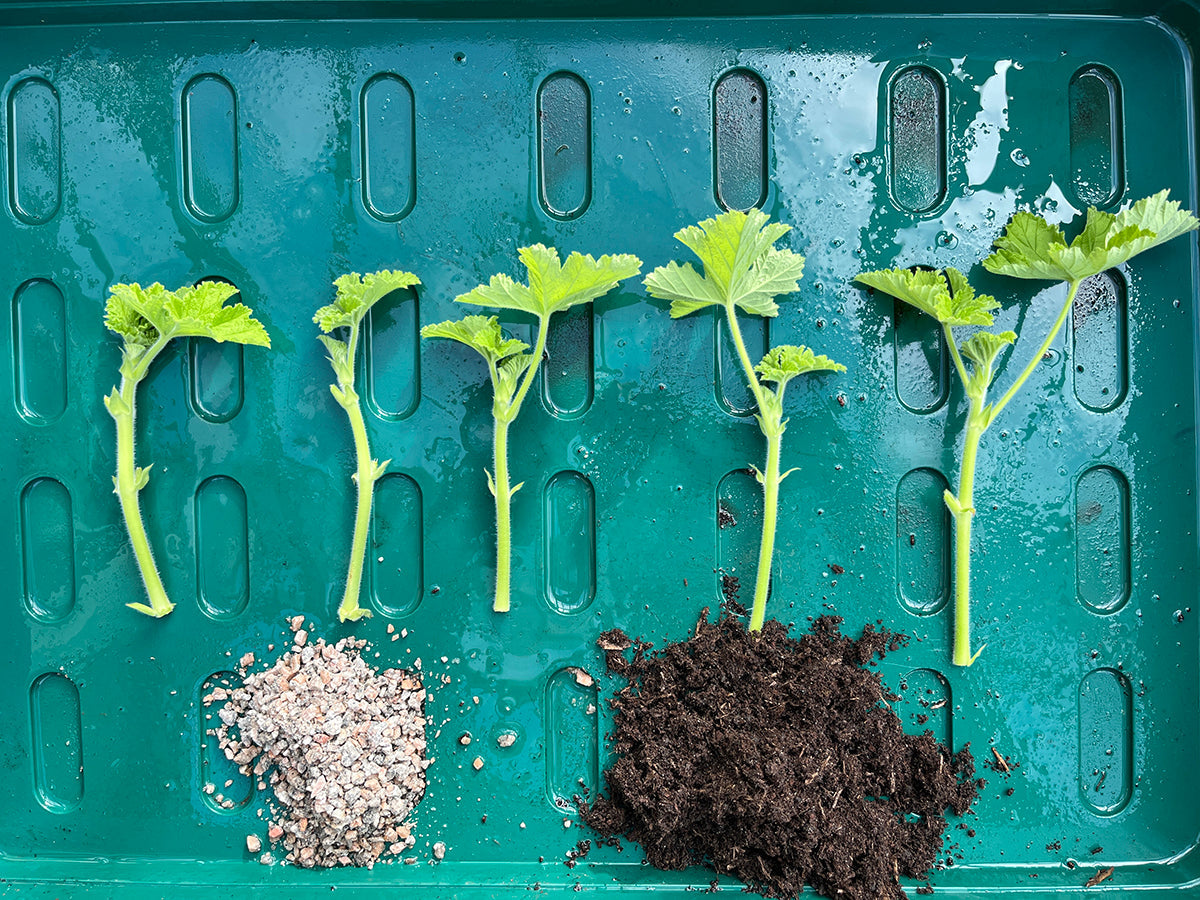Seed heads in autumn

Once upon a time, gardeners would cut all herbaceous growth back in autumn, often once things started to get just a bit 'untidy'. Winter would be a desolation of bare earth, with barely-visible sticks and a few labels showing where once plants were growing, and of course, come spring, would do so once again. This practice cut out a whole subject of appreciation, the joy of seed heads.
November is perhaps the most difficult month of the garden year, showing not yet the crisp outlines of December but past the coloured foliage of autumn. It is however a very good time to appreciate the seed heads of grasses and perennials. Plants have evolved an enormous range of these, all designed to distribute their seed to propagate the species. This variety of form can be made great use of in the late autumn and early winter border, especially if light, pale and wispy grasses are combined with dark, and more heavily-defined perennial heads.
Perennial seed heads vary greatly in how durable they are. Some are strong enough to stand all winter, especially grasses, and mulleins (Verbascum species). Others are weaker and fall with the first autumn storm. Those which are composed almost entirely of the seed itself, like the perfect spheres of Echinops or the thimbles of Echinacea, however disintegrate as the seed disperses. This is why November is perhaps the perfect time to appreciate seed heads, before too many do what nature has designed them for.
Monarda and Phlomis seed heads are amongst the most robust of perennial seed heads. Here, in this photo, they are shown at their best against a backdrop of grasses.











